Caitlin Kittredge writes the Iron Codex trilogy for young adults. The first book, The Iron Thorn, has been called “the next Hunger Games” and was released in February 2011. She also writes urban fantasy for adults, including the bestselling Black London series and the Icarus Project novels with fellow YA author Jackie Kessler. Visit her website at www.caitlinkittredge.com
I’m fortunate that I came of age when LGBTQ characters were starting to make appearances in both YA novels and YA media—but usually, they were sassy best friends, lesbian comic relief or, most often, characters who were tortured, murdered or humiliated. Stick a dead gay teen in your novel and it seemed that everyone was falling all over themselves to hand out accolades about how the authors had handled “gay issues”.
Hate crimes are issues, but they’re not gay issues. They’re everyone’s issue. As long as gay teens are murdered for being who they are, we’ve all got issues. When I decided along with my co-author, Jackie Kessler, to make one of the prominent characters in our Icarus Project series a gay teen, I realized that in the worldbuilding we’d set up (superheroes carry corporate brands and “alternative sexualities” are a no-no) we were going to run into what I call “gay punishment” pretty quickly. Gay punishment is another side of female punishment—minority characters are raped, killed or otherwise denigrated for having the temerity to think they compare to or surpass straight, cisgendered, most often white characters. If you don’t believe me, watch a few episodes of the “young adult” geared show of your choice, especially the ones dealing with paranormal topics. (Supernatural is notorious for its treatment of gay characters, females and minorities with sudden-death storylines, torture by bad guy characters, or homophobic slurs.)
Anyway, writing a character who wasn’t ashamed to be gay in a culture that reviled it did, in fact, lead to the logical conclusion that Frostbite, our ice-slinging superhero, was going to run into problems. Jackie and I decided that it was most important that Frostbite survive the bigotry he encountered—because gay teens live with it every day. It’s not fiction for them. It’s life. In the second book, Shades of Gray, we see that Frostbite (now a civilian named Derek), has survived the “re-education” given to him by his former superhero handlers. He’s still who he is, and proud of it. His boyfriend, unfortunately, doesn’t fare so well. He buys into the re-education, and Derek hasn’t heard from him since.
I went back and forth a lot on this plot point. I wondered if I was just playing into the skin-deep portrayal of queer teens, and queer adults, in most mainstream media. Sure, you can be gay. But you better be sassy. Or butch and funny. Or dead.
But this is reality: sometimes, gay teens don’t make it. Sometimes, they accept those who tell them that being gay is wrong, something they can fix. Sometimes they meet with a worse fate, in the form of hate crimes and or societal pressure that cause them to take their own lives.
It’s not right. It’s not fair. But I was determined that in writing Frostbite, I was going to make him a survivor. A whole character, and a whole person, rather than a skin-deep token gay man. As a straight, cisgendered female author, I felt this was especially important. I was petrified I wouldn’t get it right when I was drafting the first novel, Black and White—that my particular privileges and biases would blind me to something obvious that reduced Derek to a cardboard cutout, snapping fingers and offering fashion advice.
I decided to do it anyway, fear be damned. Because if I’m having a second thought about writing a gay character, worrying about backlash or about being misunderstood in my intent? Then I can’t imagine what it’s like for authors of queer fiction, or authors who identify as LGBTQ themselves. And Derek came out perfectly. He took on his own voice, his storyline became a huge part of both novels, and he was, as I’d hoped, a survivor—one of the few superheroes left after the events of the first novel. He is strong, and unbowed by what happened to him, and while I didn’t try to force him into any particular mold for most of his character moments, I absolutely did that on purpose. I wanted the gay teens reading to know that it’s not fair to be a target, it’s not fair to be judged for your orientation, but it does happen, and that they all have that same ability to survive inside of them. They don’t have to be ass-kicking superheroes, but they do have the ability to stand up.
I still don’t think I did a perfect job with my first queer character, but I’m so glad I went beneath the skin. That’s not a trait of an LGBTQ character, either—that’s a trait of all strong characters. And I firmly believe the more straight authors start realizing that, the better off we’ll all be.
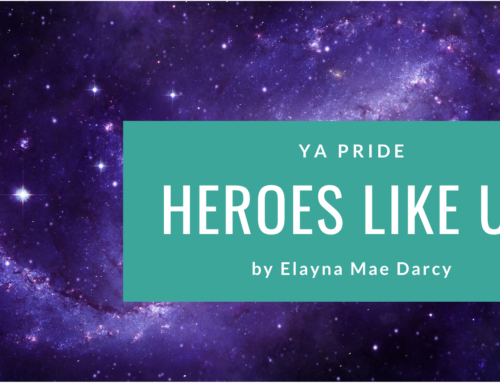
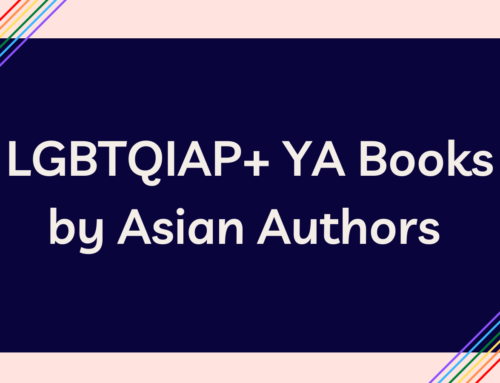
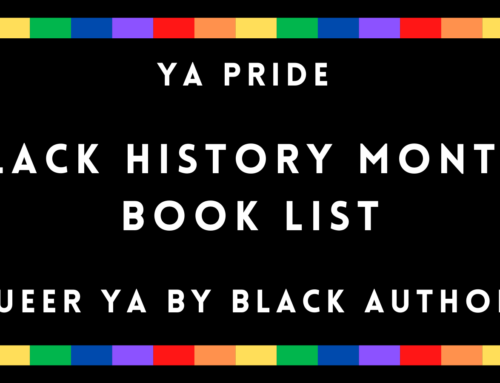
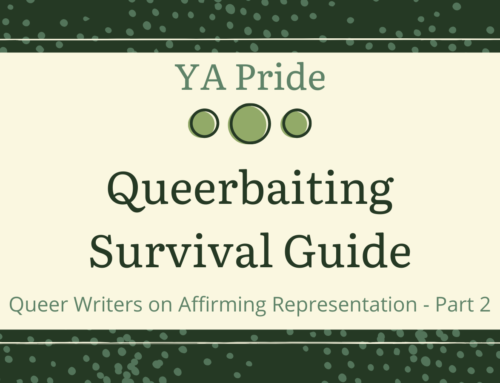
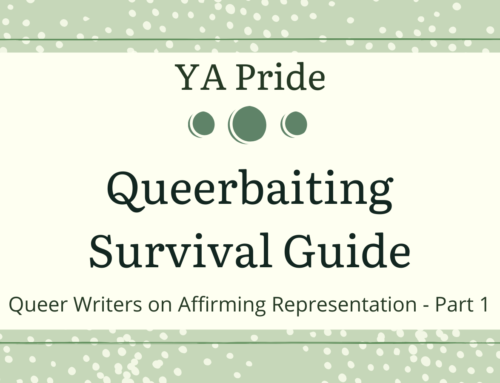
Wow. What an amazing post – very insightful stuff with some right on points. I’m in the middle of a YA novel and had at first envisioned a somewhat victimized ending, but thank God, my MC told me otherwise and showed me another way to come to a conclusion to her story.
The LGBTQ character needs to be just as you wrote, fully formed and deep. Great post.
Great article, interested in the books now for sure. I think it’s actually harder for someone not LGBTQ to write a character that way because there is a fear that people will tell you that you are doing it wrong. At least if you are LGBTQ then you can tell them it’s your experience so =P
Several years ago I attended a convention panel called “Queer in Science Fiction and Fantasy.” At first I didn’t want to go, because I was sick of hearing people say, “Represent minorities” only to have a bunch of other people say, “Why? They should realize they won’t be represented because there aren’t as many.”
Instead, I was really glad I went. They discussed a concept I wasn’t familiar with: “waves” of acceptance in fiction. I can’t remember exactly how it went, but it’s something like:
1 – Gay character (or insert minority of choice) is in book, but is evil/stupid/immoral and dies.
2 – Gay character is sympathetic, but their story is tragic and still ends in death.
3 – Gay character is sympathetic, and can live, but they are still never going to be happy. Tragedy without death.
4 – Gay character is sympathetic and allowed to have a happy ending
This is a simplification, of course, but I can see it when I read books with LGBTQ characters. I’m always grateful for authors who try and put their work into the fourth wave, and especially grateful for people like you who point it out and urge others to join you.
<3
Thanks, Caitlin. Lovely post.